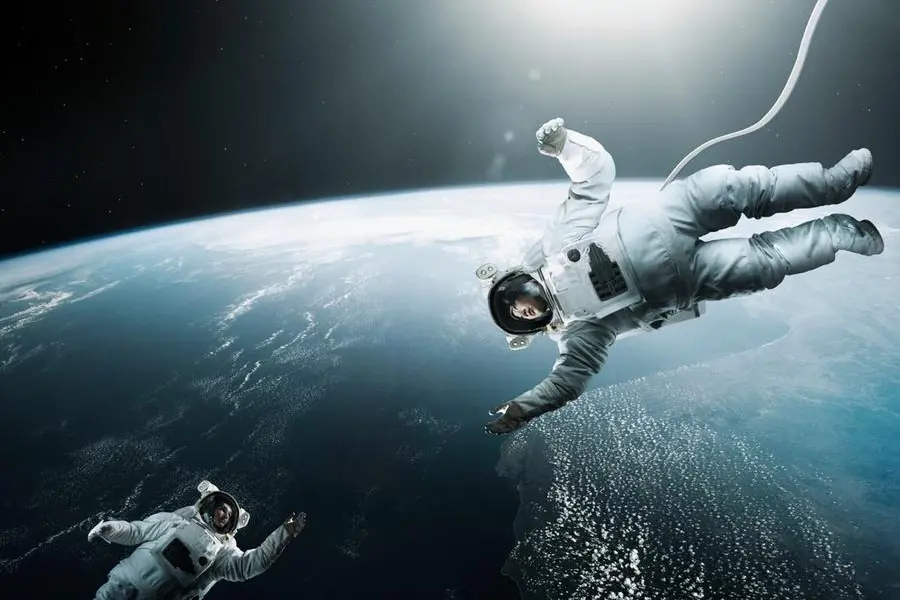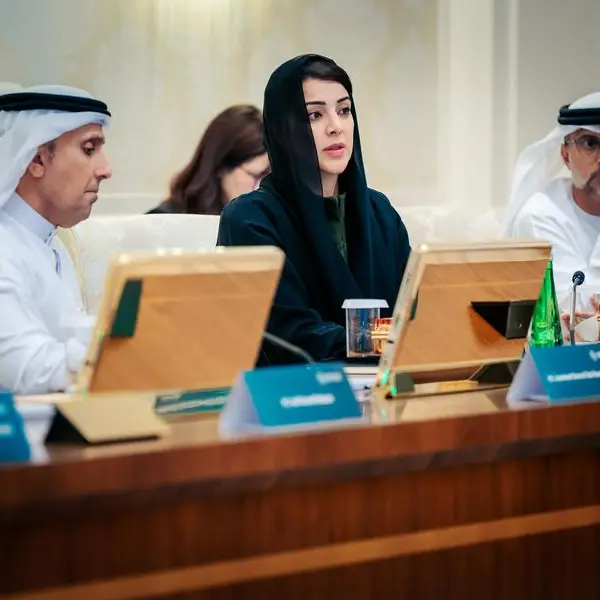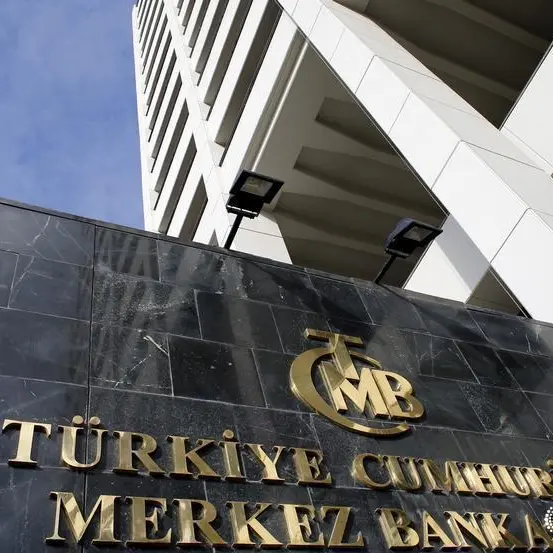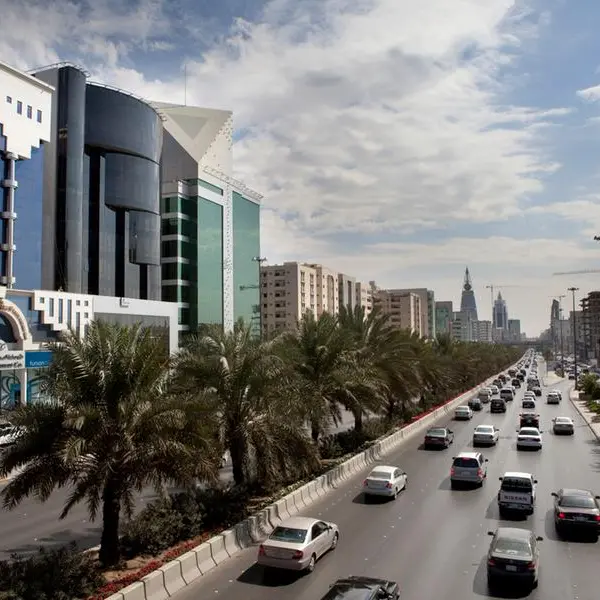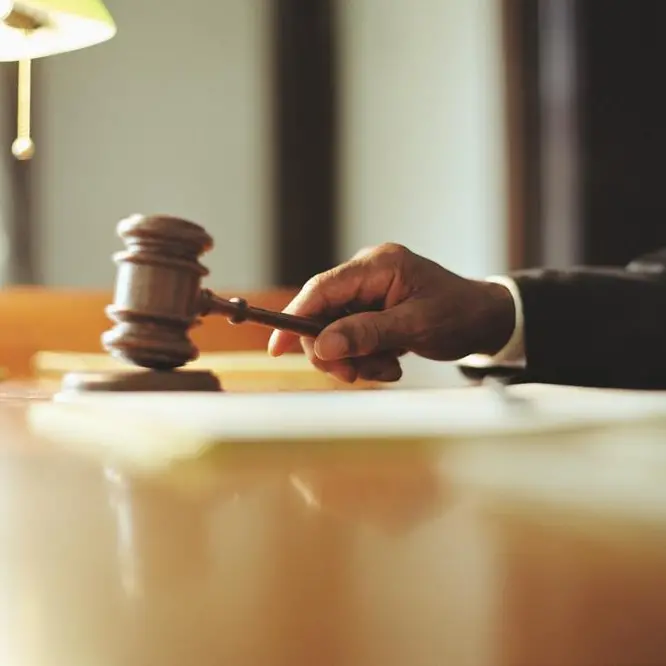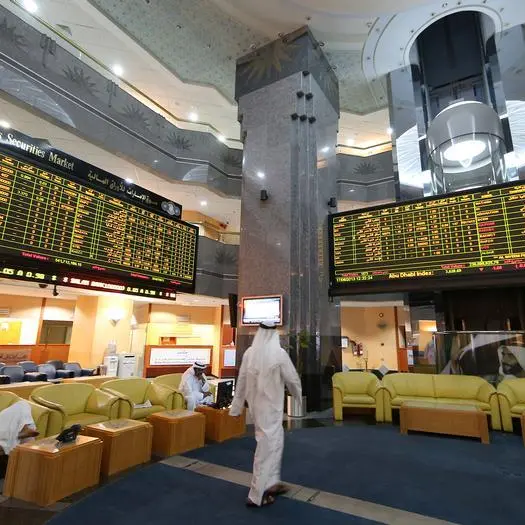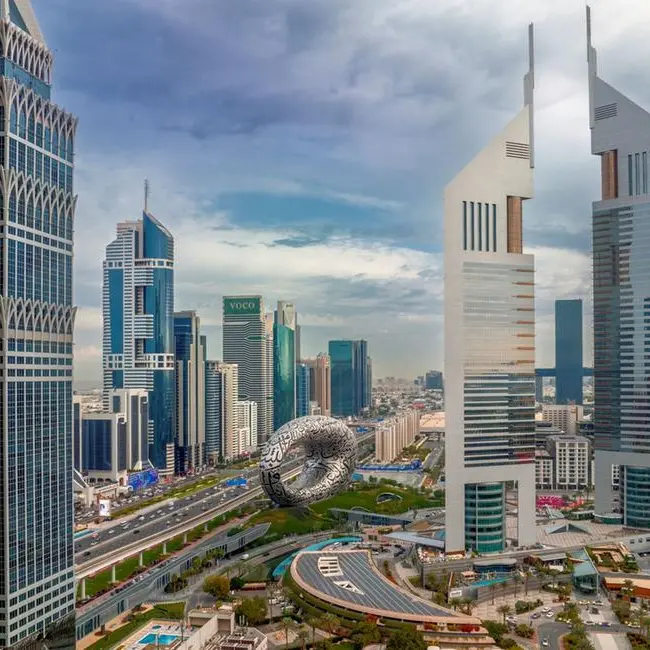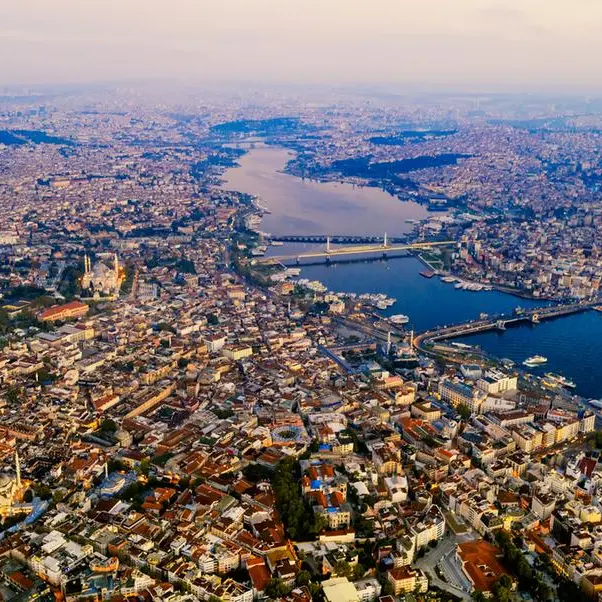PHOTO
The crew of Expedition 69 successfully managed to perfect a 3D printing of the human meniscus muscle during their stay aboard the International Space Station (ISS). This scientific experiment - which was impossible to conduct on the earth due to the pressure of gravity - will revolutionise medical care in the future. This was revealed by Nasa astronaut Warren “Woody” Hoburg who was speaking at the second Dubai Future Forum (DFF), which kicked off in Dubai on Monday bringing together 2500 futurists.
“We used a basically a biological kind of 3D printer,” he said addressing a packed room of audience. “The idea behind this technology is that these biological structures can't support their own weight when they're being fabricated. They would become a puddle if you tried to produce them on Earth. But in weightlessness, we're able to make these complex structures. This facility is going on to print cardiac tissues in the future and then onto blood vessels, which are even more complex to to print.”
Hoburg was joined by Emirati astronauts Dr. Sultan AlNeyadi and Hazzaa AlMansouri, fellow Nasa astronauts Francisco Rubio and Stephen Bowen as well as Russian cosmonauts Dmitry Petelin, Sergey Prokopyev and Andrey Fedyaev on a panel that discussed the learnings from space for humanity.
The 3-D printing was just one of the examples Woody gave of the kind of experiments astronauts and cosmonauts do on a daily basis at the ISS that impacts the future. He also explained how the experiment took years of work to get right.
“It took a long time to have success printing that meniscus,” he said. “Many of us were actually working with the equipment for many hours in the early parts of our expedition. We were not successful initially. The team on the ground did a lot of troubleshooting, and found some solutions. We were able to finally have success toward the end of Crew 6's stay aboard.”
Exciting times
The astronauts also shared their excitement at being able to do exercises that impacted the future of the world. Dr. AlNeyadi spoke about the time he conducted his historic spacewalk. “Going out the hatch was really incredible,” he recalled. “Hazza was monitoring my heartrate. I was really calm and then when I reached the vacuum, my heart rate went up. Going out and seeing the vastness of the space and darkness, it was really incredible. You know that what is protecting you from dying is only the suit.”
On asking how he remained calm during this endeavour, he admitted that it was a scary thought. “What kept me really focused was knowing that it was a lifetime opportunity,” he said. “It was happening for the first time, someone carrying the UAE flag and from the region. Plus, we have memorised the whole procedure.”
Staying fit
The astronauts admitted that staying fit was a challenge when on the ISSb - a fact that Dr. Sultan AlNeyadi had shared on social media while he was on his mission. Francisco Rubio said that they face bone density loss every day. “That's because you don't have the constant pressure of standing and walking that we have here on Earth,” he said. “And you actually get quite a bit of benefit from just those two simple activities.”
He said that the team spent more than an hour everyday lifting ‘weights’. “We have a machine that uses two large vacuum cylinders to provide that resistance. And all of us spend quite a bit of time on that every day in order to maintain that bone density.”
He added that during the first missions to space, astronauts lost up to 20 percent of their bone density. “Now, most of us, even those of us who were up there for a year, can keep that down to about 5 percent,” he said.
Missing family
Dmitry Petelin said that the most mentally taxing thing for him was dealing with being away from his family. “When you are up in space, things will start plaguing your family starting from plumbing to other things and you are not there to solve it,” he said. “Leaving family behind was the biggest psychological challenge.”
Dr. AlNeyadi said that having the community and an extended family helped ease his worries about his family. “Luckily, we come from large communities,” he said. “We had all the support from the family. They taught my kids, they took them to the grocery and bought them Eid gifts.”
Hazza AlMansouri said there were numerous ways to connect with family regularly while in space. “We have internet on board,” he said. “After we finish our daily work, we can call anyone. We can also communicate with them visually. And that's really important because it's going to affect the morale of both sides.”
Copyright © 2022 Khaleej Times. All Rights Reserved. Provided by SyndiGate Media Inc. (Syndigate.info).
